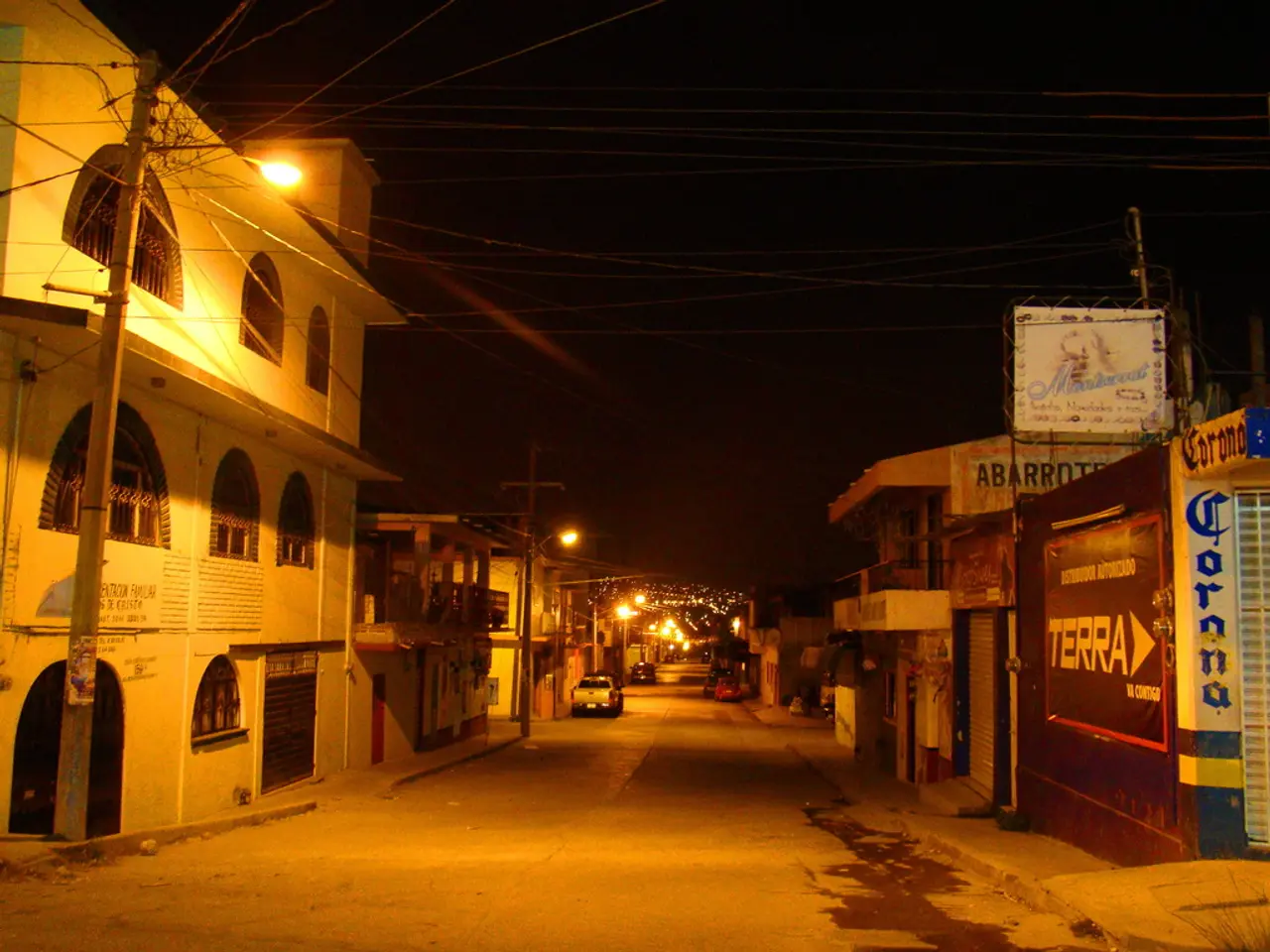Starlink's Impact Reshaping African Internet Sector
Starlink, the satellite internet service led by SpaceX, is making waves in Sub-Saharan Africa, disrupting the traditional broadband landscape. However, the service's performance and accessibility in the region face several challenges.
Performance Hurdles
The performance of Starlink varies widely across Africa, with high latency remaining a significant hurdle. In Q1 2025, Kenya had the best latency with 53 ms, followed by Nigeria with 60 ms and Rwanda with 67 ms. On the other hand, Sierra Leone and Madagascar had the worst latency, with over 180 ms.
Despite these performance issues, Starlink outperformed local ISPs in every country surveyed on download speeds. For instance, in Botswana, Starlink offered 106 Mbps, while other ISPs managed only 9.36 Mbps.
Regulatory Complexities
Starlink's deployment in Africa faces regulatory complexities as governments must license and approve satellite internet service. Political sensitivity, such as coverage in disputed territories, further complicates approvals. For example, negotiations in Morocco involved sensitive discussions about serving Western Sahara, reflecting how sovereignty disputes impact regulatory decisions.
These regulatory hurdles have led to delays in Starlink's commercial launch and restricted market access. In some countries, like Angola, no licenses have been issued, and in others, like South Africa, Senegal, DRC, and Côte d'Ivoire, there are still no signs of regulatory approval.
Pricing Barriers
Affordability remains a key barrier for Starlink in Africa. The hardware and service fees are often too high for average users in the region. To address this, partners like Paratus offer Starlink kits along with local support and data packages to government-recognised schools at targeted prices, allowing rural students access to education internet resources.
Subsidizing terminals and enabling shared access models can also significantly cut monthly costs, potentially down to $20 per month, making the service accessible to more people.
Capacity Constraints
Starlink's current network faces capacity limits, especially in high-demand regions. The company is integrating AI-driven beam steering and direct-to-device technology to improve signal stability and coverage. However, recent outages and software glitches illustrate inherent vulnerabilities in satellite internet systems that must be continuously managed.
Potential Solutions
- Strategic Partnerships: Collaborating with telecom groups and governments to facilitate licensing, local support, and curated offerings for schools and underserved areas can bypass terrestrial infrastructure gaps.
- Subsidized Hardware & Community Sharing: Lowering upfront and recurring costs through subsidized user terminals and enabling community dish sharing can broaden user bases and improve affordability in rural or low-income areas.
- Tailored Data Plans: Offering plans with priority data and data buffers ensures consistent access to critical services like education, supporting hybrid models and digital skill development.
- Regulatory Coordination: Engaging governments early to resolve political and territorial concerns, ensuring service licenses cover conflicted areas with local regulatory assent, as seen in Morocco’s negotiations.
- Continuous Technological Enhancements: Upgrading satellite constellations with advanced beamforming and laser inter-satellite links can increase capacity, reduce latency, and mitigate outages, ensuring reliable service in remote and rural regions.
In conclusion, Starlink's ongoing challenges in Sub-Saharan Africa involve navigating local regulation and political contexts, making pricing manageable for low-income users, and scaling capacity to meet demand. Through strategic alliances, pricing innovations, and technology upgrades, Starlink and partners like Paratus are actively working to improve internet accessibility in the region.
- As Starlink faces regulatory complexities in Africa, striking strategic partnerships with telecom groups and governments may help facilitate licensing, local support, and tailored offerings for schools and underserved areas, potentially bypassing terrestrial infrastructure challenges.
- Moreover, subsidizing user terminals and enabling community dish sharing can significantly reduce monthly costs, making Starlink's satellite internet service accessible to more people in rural or low-income areas.




